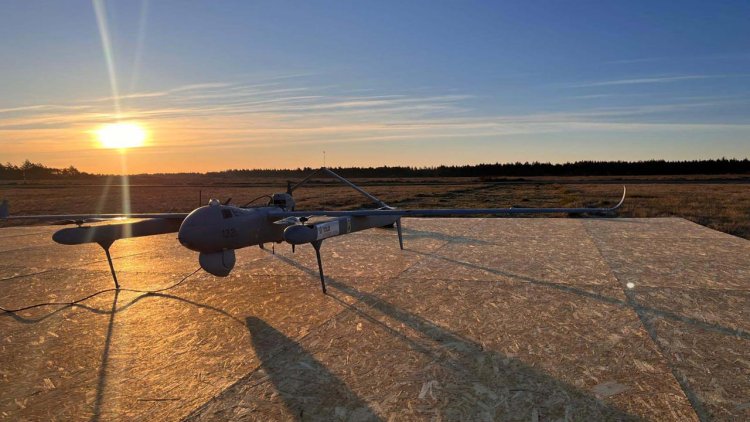EMSA begins remotely piloted aircraft system service in the North Sea
During its deployment, the RPAS will carry out maritime surveillance tasks in the busy waters around the north coast of Denmark.

EMSA has begun a four-month remotely piloted aircraft system (RPAS) service in the North Sea, supporting the Royal Danish Navy and Danish Customs. The service uses a new Hybrid Quadcopter with fixed wing and vertical take-off and landing capabilities; the first time this model has been deployed in an EMSA RPAS operation.
The RPAS service is delivered by EMSA through the contractor Nordic Unmanned AS, operating an Aerosonde Hybrid Quadcopter that has both fixed wing, enabling it to cover long distances, and four propellers, providing it with Vertical Take-off and Landing (VTOL) capabilities. During its deployment, the RPAS will carry out maritime surveillance tasks in the busy waters around the north coast of Denmark.
Environmental monitoring is a key aspect of this service. The RPAS can provide information on potential oil spills and discharges at sea, complementing the CleanSeaNet satellite-based oil spill and vessel detection service provided by EMSA.
This RPAS model can take off and land vertically, like a helicopter, but has the same range as the fixed wing version. With more than seven hours of endurance and a radio range of 140km along the coastline, based on a ground relay station, it can carry out extensive maritime surveillance to support the Royal Danish Navy. The RPAS has infrared and optical cameras and is also equipped with an embedded automatic maritime scanning sensor.



























